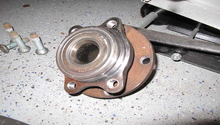Audi A6 C5: What Is This Front End Rotating Grinding Noise?
Hearing a grinding noise can be very worrying, and there are a lot of potential reasons for it. In this article we'll try and help you narrow down what's causing the noise.
This article applies to the Audi A6 C5 (1998-2004).
When you're driving, a rotating grinding, rumbling, or humming noise can be annoying, and if it only occurs at speed, it can be next to impossible to diagnose as well as fix. With the complex design of the Audi A6, especially the Quattro AWD models, that type of noise can be a tire, a wheel bearing, brake related, axle/CV joint, differential, or even transmission issues. Even just bad control arm bushings or loose bolts somewhere can cause a rattle at speed, which sounds rotation related. In this article we'll go over how to figure out what that sound is, and if it's a sign of a serious problem, or just an inconvenience to your ear drums.

Materials Needed
- Jack stands
- Tire iron or impact gun
- Torque wrench
- Wrench and socket set
Step 1 – Check the brakes
Dirt and debris can get lodged in between your brake pad as well as rotor, causing a grinding noise.
- Put the car on jack stands and remove the wheel from the side you hear the noise from.
- Check the surface of your rotor for any dirt or other debris that could have gotten lodged here.
- If any debris is found, wipe the rotor down with brake clean and a rag, then put the wheel back on.
Step 2 – Check out the wheel bearings/CV joints
Your wheel bearings or CV joints could be bad.
If you've checked your brakes and found no foreign material caught in them, then this should be the next thing you check out.
- With the car on jack stands and in neutral, spin the wheel at the location the noise is coming from.
- While the wheel is spinning, listen carefully for a grinding noise.
- If there is a grinding noise, your wheel bearing or CV joint is damaged and needs to be replaced.
- A bad CV joint is typically caused by a torn rubber boot, so examine the condition of both the inside and outside CV boots.
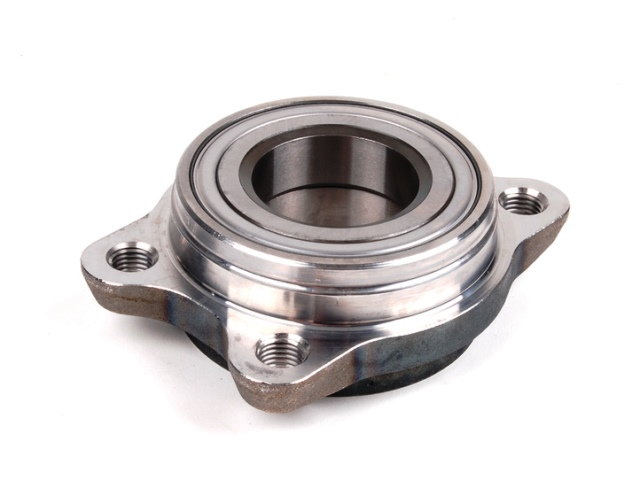
Figure 2. Audi front wheel bearing. 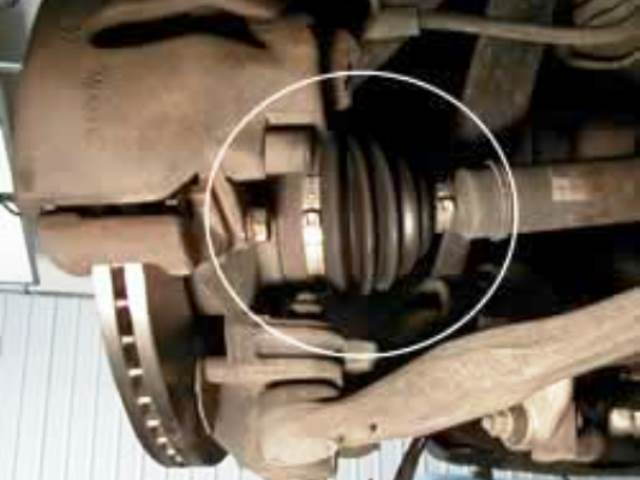
Figure 3. Some CV joints will only make noise when going around corners.
Step 3 – Check lower suspension for damaged/broken parts
If you're hearing a heavy rattling noise as you're driving, there may be a part in your lower suspension that is broken.
- With the car on jack stands, visually inspect the control arms bushings for cracks. Check the control arms for any play, as this may be the cause of your rattling noise.
- Visually inspect your springs for any rust, damage or broken parts. If you find anything here, it is recommended that you replace your springs immediately.
- Check the steering rack bolts and make sure they are tight.
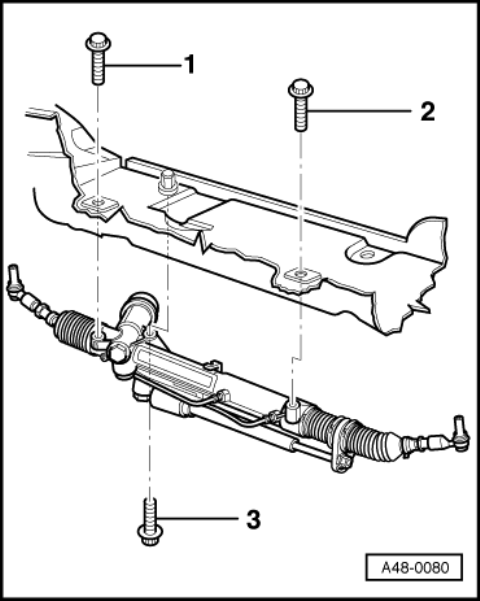
Step 4 – Top off your CVT fluid
If you have checked everything in your suspension and not found the problem, your CVT fluid may be low.
If you have a front wheel drive, non Quattro A6, you also have a CVT automatic transmission. When your CVT fluid level gets low you may hear a humming or whining noise as you drive down the road. In this case you'll want to top off your CVT fluid immediately, otherwise the transmission can suffer internal damage.
- Pull the "fill" plug from your transmission.
- Use a fluid pump to fill your transmission with fluid.
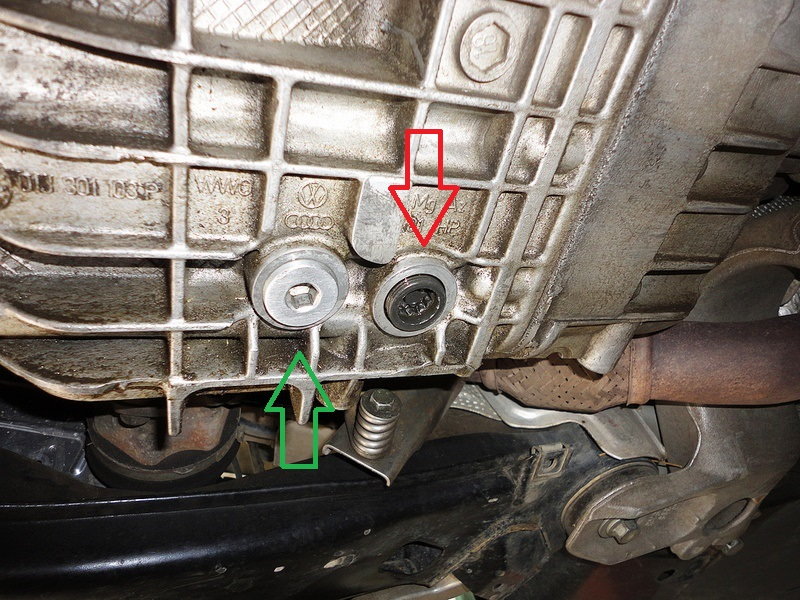
Pro Tip
If it has been more than 50k miles since the last transmission fluid change, it is highly recommended that you drain and fill all of it.
Related Discussions
- Front End Rotating Noise - AudiWorld
- Loud Humming Noise - AudiWorld



